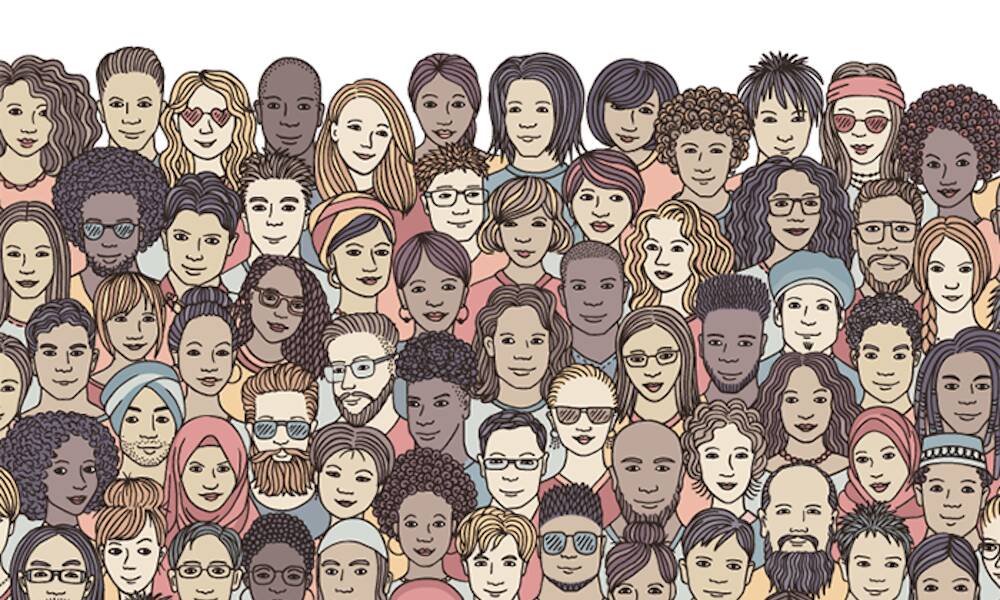
8 Tips to Create a More Inclusive Event
Creating a diverse representation on your stage or on your committees is a tough issue to tackle, but change only happens when we push for change.
On November 13, 2019, Shoptalk, a for-profit retail conference, made an announcement that in 2020 their program would feature only women speakers. This announcement was lauded in the media for taking an important step to drive forward female representation in their industry. Only 10 months prior, in February of 2019, the first annual CMI International Microbiome Meeting (CIMM) was held, it also decided to feature an all-woman lineup, however there was little press pickup except over backlash from the community.
Both of these instances represent something, first the resources and wisdom in using PR to your advantage, but more importantly the highlighting of one of our most critical conversations today – diversity and inclusion. Even though this is something we have been talking about for several years now, it feels like it is finally coming to the forefront of people’s minds when it comes to events.
Creating a diverse representation on your stage or on your committees is a tough issue to tackle. We just discussed in our most recent ASAE Meetings & Expo Professional Advisory Council meeting that the community needs more tools and guidelines to help us figure out exactly what to do.
Personally, I think that as planners we need to adopt a mindset of radical inclusion. To me this means we have to consciously and intentionally ensure that our events include all perspectives. We need to go way beyond making sure our speaker lineups include non-white male faces. Everything about our events needs to reflect the community we are trying to convene. From our steering committees, to our marketing images, to our topic titles, to our programs, we need to be proactively deliberate in including all voices, all ages, all abilities, all colors, all sizes, all orientations, all genders, and all relevant industries.
In the legacy system that is prevalent in association work, this can be really difficult to do. I know I’m not the only one who’s experienced pushback from content committees and conference chairs, who either aren’t aware, or think they don’t know anyone who doesn’t look like them or can’t see a way to invite participation that doesn’t threaten the technical quality of the event. So how do we do this?
We do it by starting. Start today and make a commitment to radical inclusion. Here are some tips:
- Acknowledge there are barriers and you want to do something about it.
- Talk about the importance of the issue and your reasons for pushing it. This article gives some good advice.
- Set rules to accomplish what you need. Establish what percentages of different perspectives should be represented in your committees and your speakers and stick to these goals.
- Ask for help. If you only know white male speakers, ask them who they recommend in their space.
- Ensure that your collaborative and interactive activities include a way for all to participate. Remember that the fun things you want to add may not always be friendly for those with physical and sensory differences. Train your speakers and put information in your kits for them.
- Add a diversity and inclusion committee to your conference and task them with providing recommendations to make your event radically inclusive.
- If you are asked to speak, question the diversity of the event and only participate if it is reflective of radical inclusion.
- If you are a sponsor, make it a requirement of sponsorship that the event is inclusive.
This isn’t easy, but it is so important. And it only changes when we push for change. I am challenging myself to be radically inclusive and I invite you all to join me.
Interested in more? Subscribe to“Otter Talk,” a bi-monthly newsletter that highlights trends, ideas, and actionable takeaways for your association events, written by an experienced member of the planning community who has lived the “planning life.”
Beth Surmont, the Director of Experience Design for 360 Live Media, has nearly 20 years of professional planning experience. A Certified Meeting Planner (CMP) since 2008 and Certified Association Executive (CAE) since 2016, Beth has worked in both the corporate and nonprofit sectors and has a wide range of knowledge, with experience in almost every aspect of meeting planning, from registration, to logistics, to program management and production.
(Handout photo)





